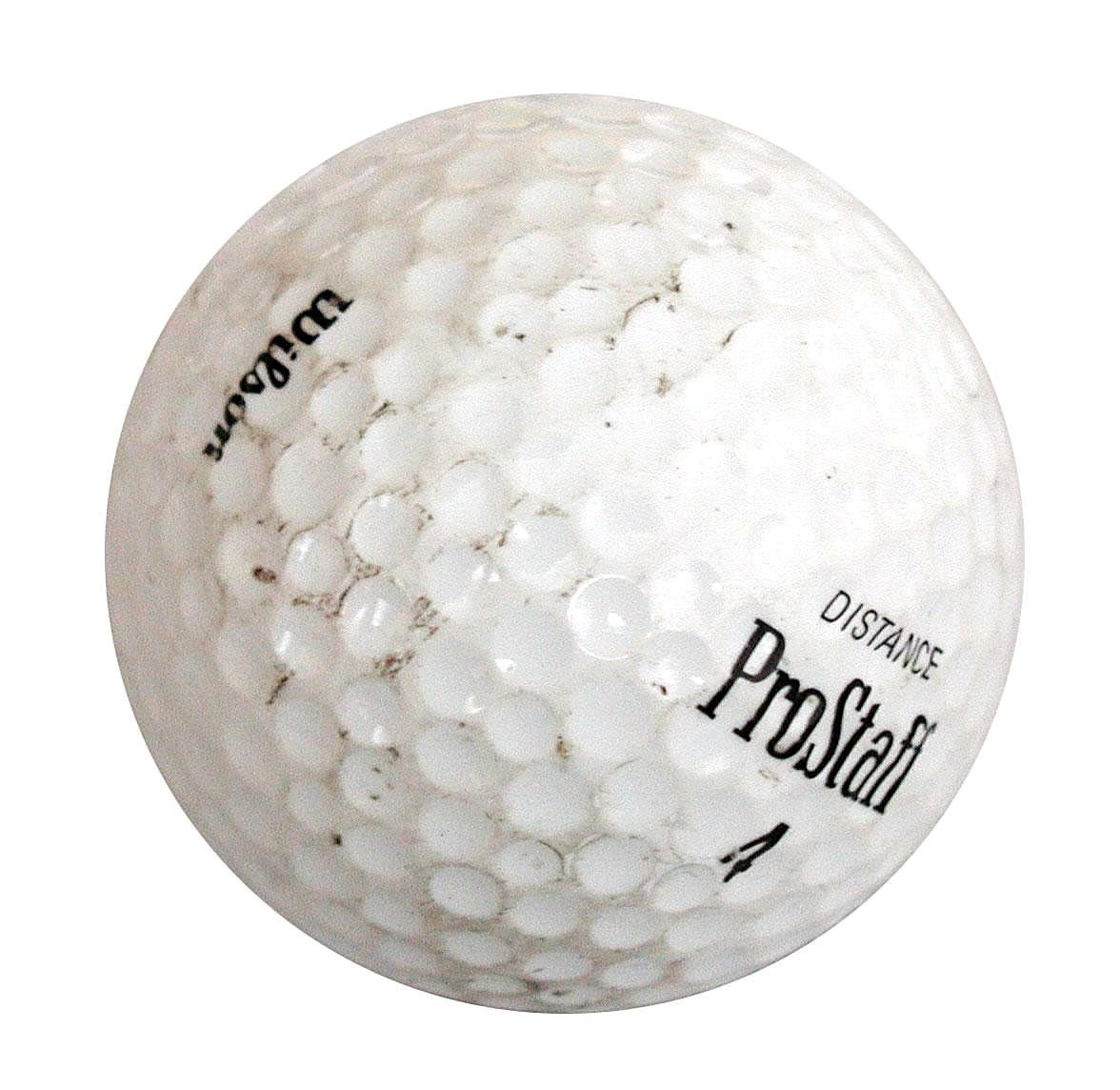Table Of Content
The materials used and the unique construction design features all play an important role in ensuring top-notch quality from every golf ball. You can improve your game and enjoy playing the sport even more with the right ball. While the manufacturing process for golf balls has evolved over the years, it still involves a series of precise steps to create a ball that is optimized for distance, accuracy, and spin.
Factors to Consider for Golfers
Another reason for using dimples instead of a smooth surface is the reduction in aerodynamic drag. You can get a limited number of Srixon golf ball models customized to your liking. All major golf ball brands offer golf ball personalization in one way or another. The package was packed in gutta-percha, a hearty, flexible sap from the Malaysian sapodilla tree.
Spin Rate and Ball Control
Golf ball design plays a crucial role in the overall performance of your shots. The right design can maximize distance, accuracy, and control, while a poor design can lead to inconsistent results. Manufacturers invest significant time and resources into research and development to create golf balls that deliver exceptional performance for players of all skill levels. One of the toughest aspects of golf design is walking the fine line of forgiveness, the better to appeal to a range of skills.
Customize your golf ball
These improvements in golf ball design have made playing golf more enjoyable and accessible to people around the world. The Haskell golf ball was further improved in the early 20th century with the addition of a thin outer shell. This new design, known as the rubber Haskell golf ball, provided even more consistency in ball flight and allowed for greater control and distance. The rubber Haskell golf ball dominated the golf ball market for many years. It was invented in the 17th century and was made by stuffing a leather pouch with goose feathers. The featherie golf ball was much more durable than the wooden ball and had a more consistent flight.
Early balls
The PGA is reining in long hitters with new golf balls - ENGINEERING.com
The PGA is reining in long hitters with new golf balls.
Posted: Wed, 20 Dec 2023 08:00:00 GMT [source]
This ball was made with a rubber thread wound around a solid rubber core, which created a more perfectly spherical ball. The Haskell ball was also more durable and had a longer range than previous designs. The Haskell golf ball company introduced the rubber thread-wound golf ball, which had a more durable cover. The rubber thread was wrapped around a solid rubber core, which improved the ball’s flight.
The gutta percha ball was introduced in the mid-19th century, followed by the Haskell ball in the late 19th century. The modern golf ball has undergone significant changes since its inception, and golf ball manufacturers continue to innovate to improve performance. In conclusion, the dimples on a golf ball play a crucial role in its aerodynamic performance.
According to Live Science, the dimples create turbulence, or mixed airflow, which, if done right, reduces drag. The dimples on the golf ball create turbulent airflow, which reduces drag and allows the ball to travel farther through the air. However, when a golf ball has dimples, it creates turbulence in the boundary layer. This turbulence helps to keep the air attached to the surface of the ball for longer, reducing the size of the boundary layer and decreasing drag. Similarly, larger dimples can create more turbulence and reduce drag, but they can also create more spin on the ball.
TaylorMade wows again with limited-edition Season Opener collection
The dimples on a golf ball also help to reduce drag by changing the airflow around the ball. The dimples create a thin layer of air around the ball called the air layer. This layer of air moves with the ball, creating a low-pressure area behind the ball. This low-pressure area pulls the ball forward, reducing drag and allowing the ball to travel farther. When a smooth ball moves through the air, it creates a thin layer of air around it called the boundary layer. This layer slows down the air flow and creates drag, which reduces the distance the ball can travel.
The evolution of golf balls has led to more consistent ball flight and improved performance. Today, modern golf balls are made with advanced technology and materials that allow for more control over shots and longer distances. The transition to modern golf began with the invention of the Haskell golf ball in the late 19th century.
The Haskell ball quickly became the standard golf ball and dominated the golf ball market for over 30 years. The United States Golf Association even declared the Haskell ball the official ball of the U.S. When it comes to golf ball brands, there are several options to choose from.

This new ball was made of a solid rubber core wrapped in rubber thread and covered in a gutta percha shell. The Haskell golf ball was a significant improvement over the featherie ball, which was the standard golf ball of the time. The Haskell ball had a more consistent ball flight and was more durable, allowing for longer use. The early golf balls were made of wood and were not perfectly round, which made them difficult to hit. The featherie ball was an improvement over wooden balls, but it was expensive and time-consuming to make. The gutta percha ball was more affordable and easier to manufacture, but it had a limited lifespan.
The first golf ball was a simple wooden ball that was used in the early days of golf. These wooden balls were handcrafted by experienced ball makers and were not perfectly round. As a result, they did not fly as far or as straight as modern golf balls. Today, golf balls come in a variety of types, with different materials and constructions to suit different playing styles.


No comments:
Post a Comment